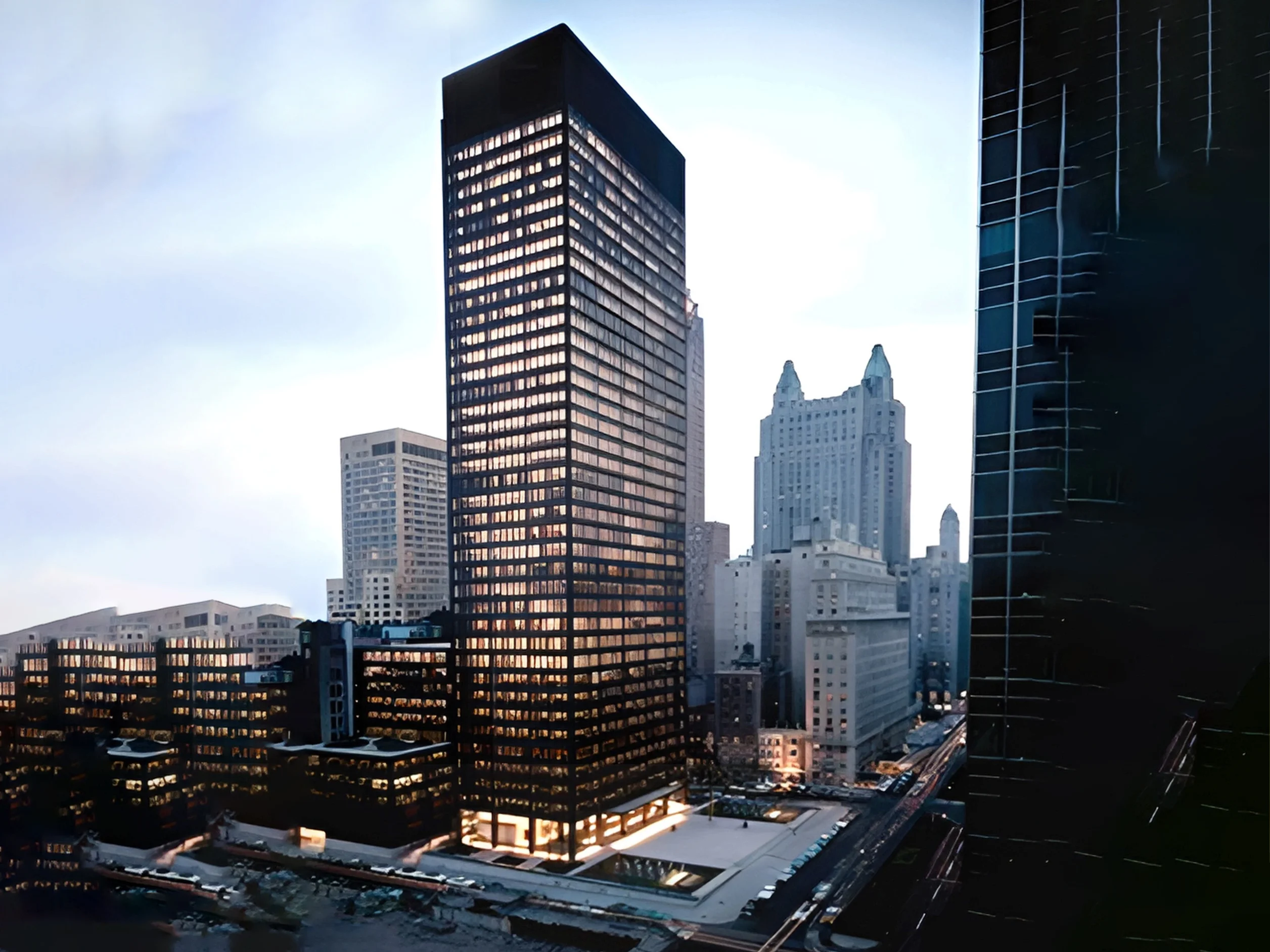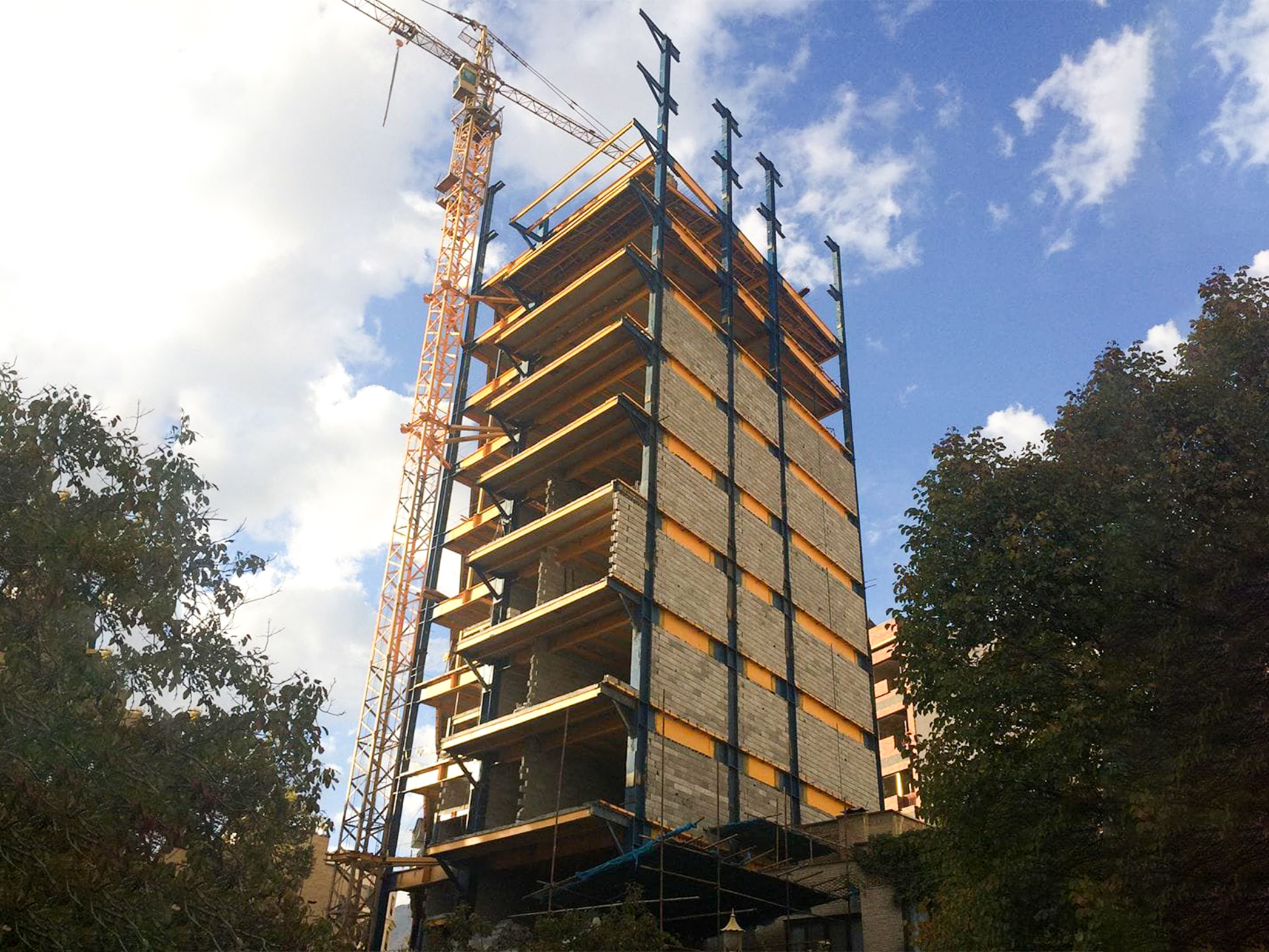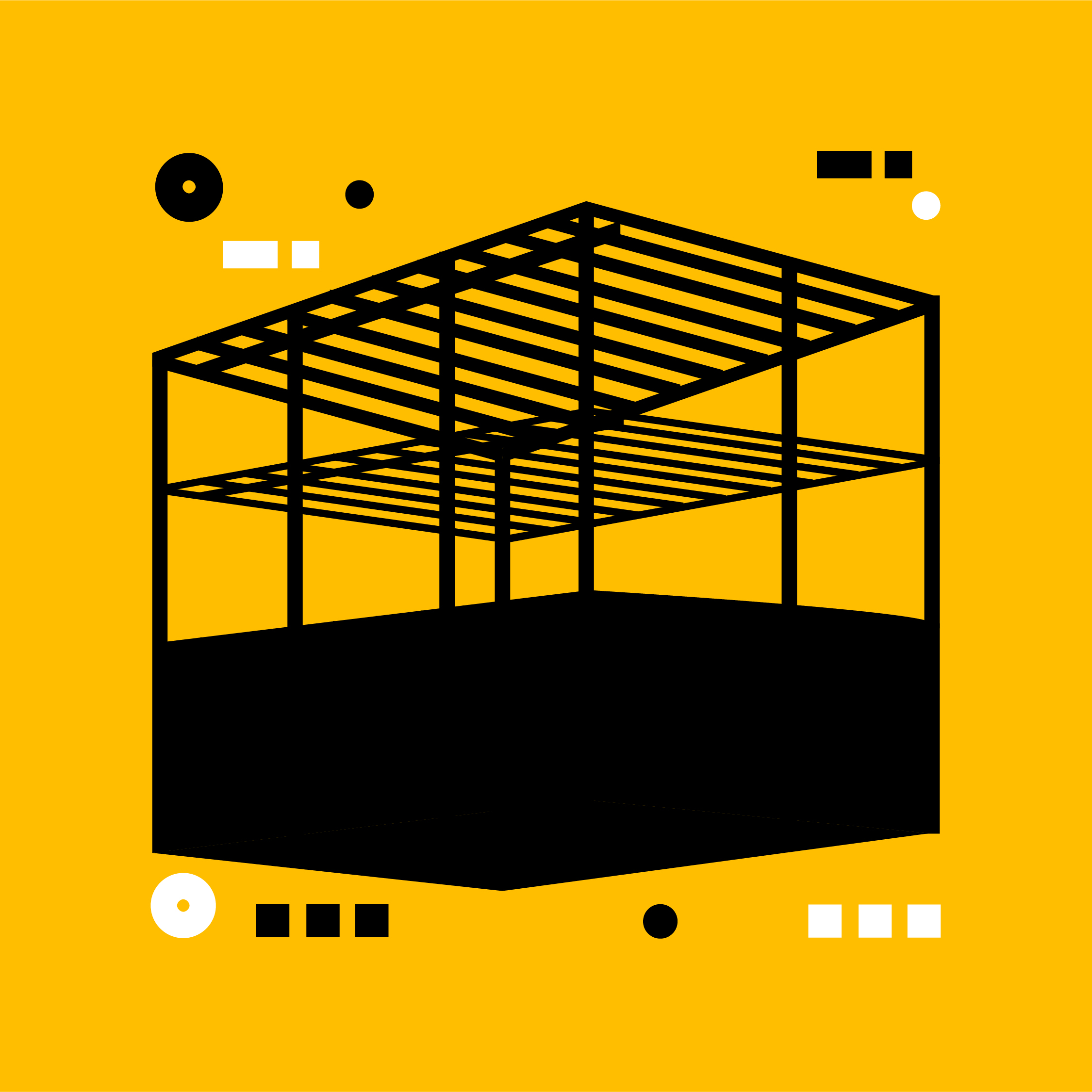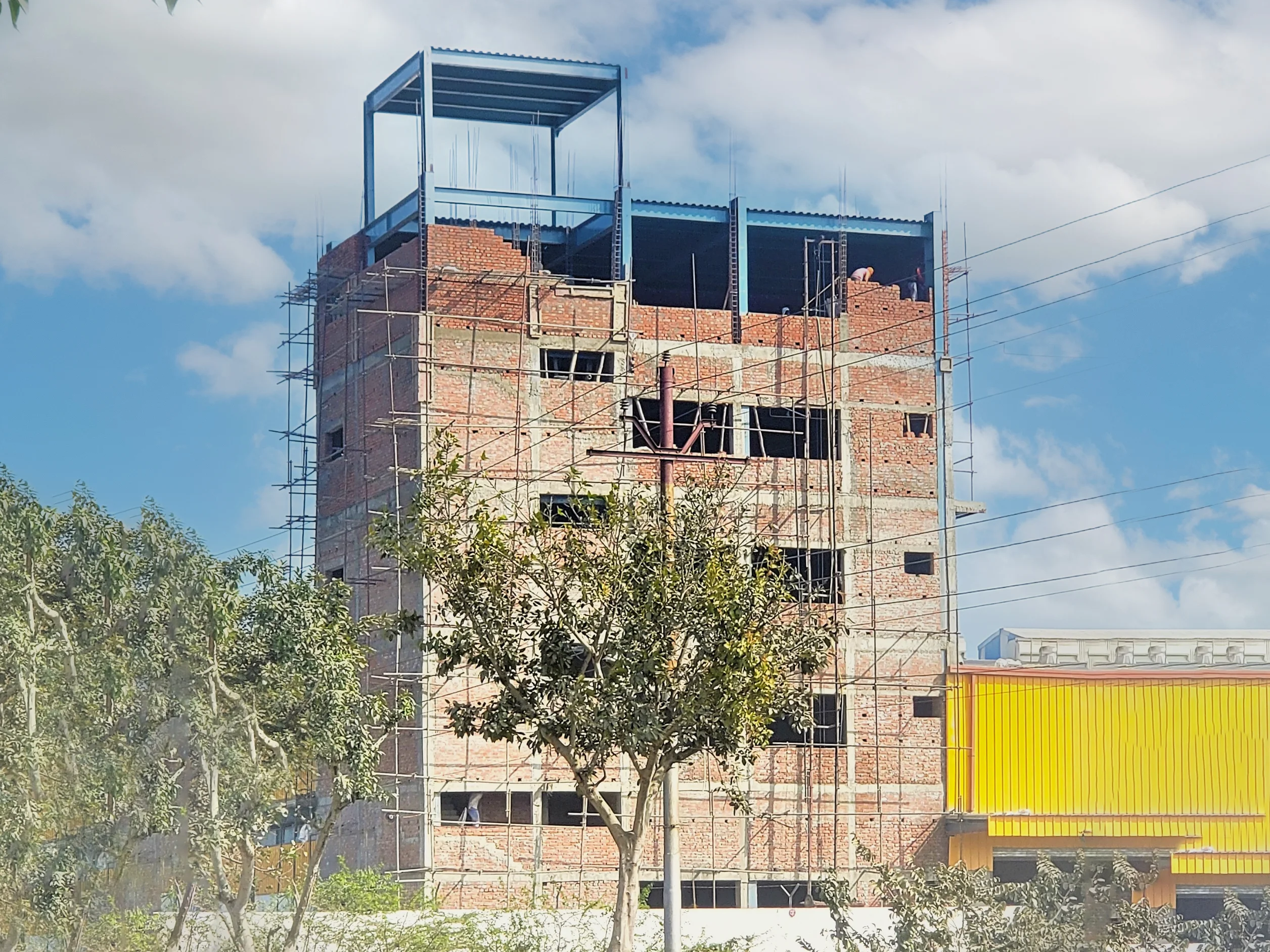High-Rise Steel Buildings
The construction industry is increasingly turning to composite high-rise building structures, which utilize steel-reinforced concrete columns, steel beams, and reinforced concrete core tubes. This innovative approach offers several advantages, including enhanced structural performance and faster construction times. One of the key benefits of composite construction is its ability to withstand the increased wind loads that taller buildings face. Steel’s flexibility allows the structure to sway and deflect with the wind forces, reducing the risk of damage. In contrast, concrete’s rigidity can make it more susceptible to wind-induced damage.
Modern composite construction techniques focus on achieving optimal interaction between steel and concrete components. By carefully designing the integration of these materials, engineers can maximize the load-bearing capacity and economy of each material. This results in structures that are both strong and cost-effective.

Applications of High-Rise Steel Buildings

Business towers: High-rise steel buildings are ideal for office buildings, providing ample space for businesses to operate efficiently and effectively.
IT parks: The strength and flexibility of steel make it an excellent choice for IT parks, where data centers and other critical infrastructure must be housed securely.
Mixed-use towers: High-rise steel buildings can accommodate a variety of uses, including residential, commercial, and retail, making them ideal for mixed-use developments.
Hotels: The elegance and sophistication of steel structures make them well-suited for luxury hotels, providing guests with a memorable and upscale experience.
Educational and scientific research towers: Steel structures can accommodate the complex requirements of educational and scientific research institutions, providing flexible spaces for laboratories, classrooms, and research facilities.
Residential towers: High-rise steel buildings are increasingly being used for residential purposes, offering urban dwellers with modern, well-appointed living spaces.
Related Services


Multi-Story Steel Buildings
Maximize your vertical space and unlock the full potential of your multi-storey building with Lohaar’s versatile mezzanine.


Medium-Rise Steel Buildings
At Lohaar, we understand the intricacies of modern construction and the need for durable, sustainable, and cost-effective solutions.
Benefits of High-Rise Steel Buildings
Superior Structural Performance: Steel structures offer superior structural performance, providing strength, durability, and flexibility to withstand various loads and weather conditions.
Faster Construction and Reduced Costs: Pre-fabrication and rapid assembly of steel components lead to faster project completion times and lower overall construction costs.
Sustainability: Steel is a recyclable material, reducing environmental impact and promoting sustainable construction practices.
Design Flexibility: Steel structures offer greater design flexibility, allowing for innovative and architecturally appealing designs.
Space Optimization: Steel structures can maximize usable space, providing more floor area for various functions.
Frequently Asked Questions
What are the typical height ranges for high-rise steel buildings?
High-rise steel buildings generally exceed 12 stories, ranging from 45 meters to over 100 meters in height.
How do high-rise steel buildings compare to concrete structures in terms of wind resistance?
Steel's inherent strength and flexibility make it ideal for resisting wind loads. This is especially crucial for high-rise buildings that experience greater wind exposure.
How does Lohaar ensure the seismic safety of its high-rise steel buildings?
Lohaar adheres to strict seismic design codes and incorporates advanced technologies like base isolation systems and energy dissipation devices to ensure earthquake resistance.
